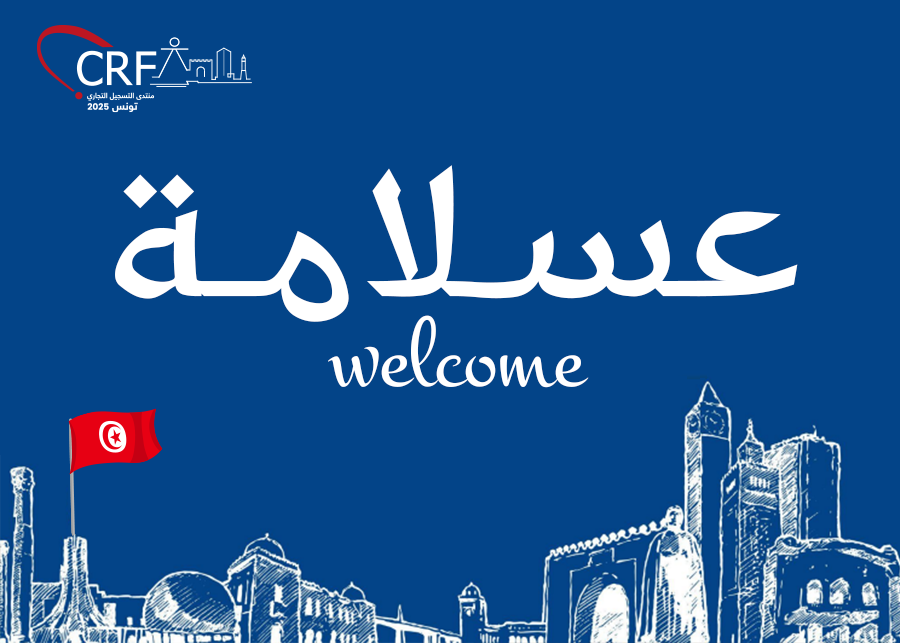Tunis: Between Heritage and Economy
Tunis, the capital, is the vibrant heart of the country, combining authenticity and modernity. In the old city (Medina), you can wander through narrow alleyways and discover mosques, traditional markets, and historic palaces. On the northern bank, you can enjoy the Andalusian-style area of Sidi Bou Said and the vast blue sea before you. However, Tunis is not just a tourist destination; it is also an important economic and financial center in the country. The capital hosts major government institutions, banks, commercial ports, and modern business centers like the Berges du Lac district. It also serves as a gateway for investment due to its developed infrastructure and proximity to Europe.
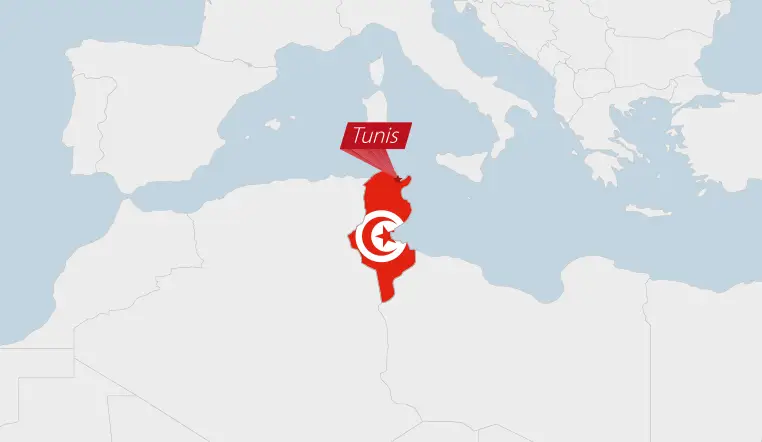
Tunisia is where history, nature, and culture unite—inviting you to explore, experience, and enjoy
- Northern Tunisia
- Eastern Tunisia
- Western Tunisia
- Southern Tunisia
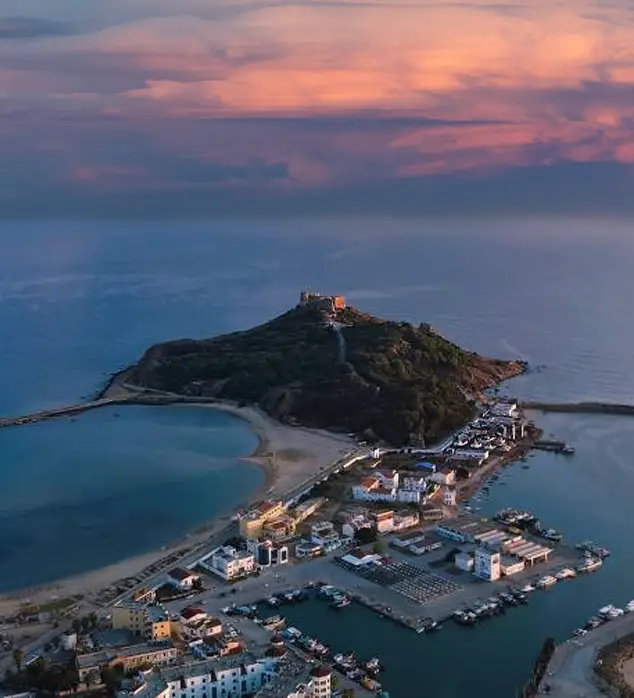
Northern Tunisia is one of the most beautiful regions of the country, with its diverse nature and deep history. Dense forests extend through Ain Draham and Fernana, and green mountains rise with a moderate climate and picturesque landscapes. On the coasts, Tabarka stands out as a distinctive tourist destination, combining clear seas and coral reefs, attracting visitors with its cultural festivals and tranquil nature. The region is home to prominent archaeological sites such as Dougga and Bulla Regia, which are among the most significant testaments to the depth of Roman civilization in the area, making the North an integrated destination for nature and culture lovers.
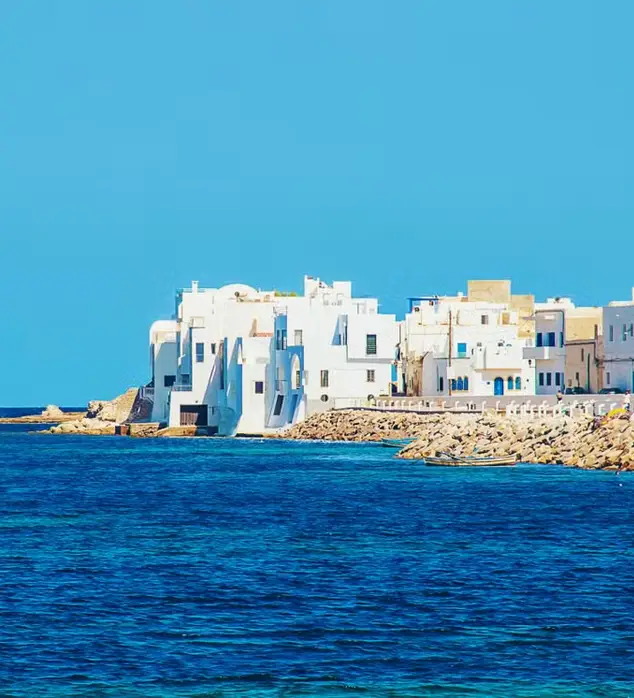
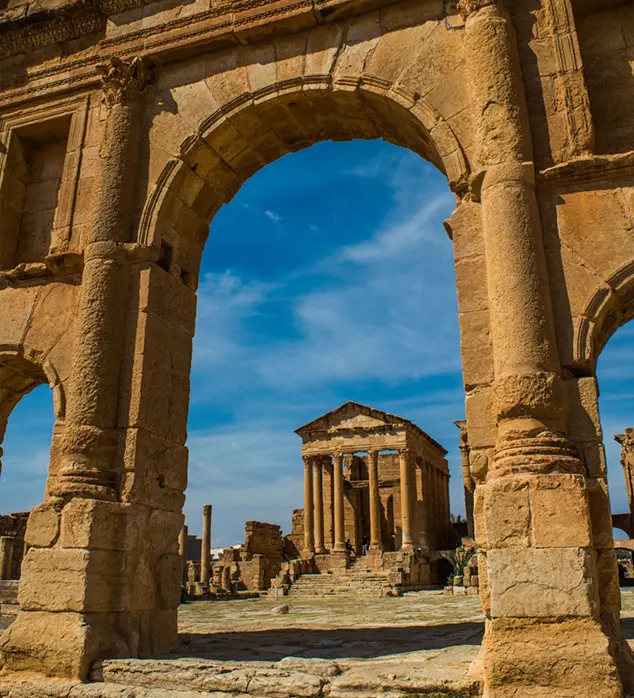
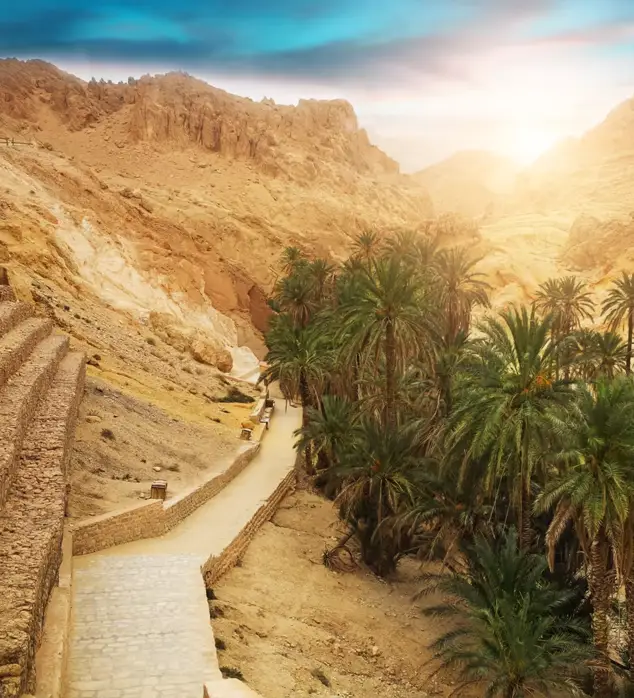
N°1 Rue LAC TOBA les Berges du Lac 1 -1053- Tunis
Tel: +216 70 016 601
Fax: +216 70 248 171
Mail: info@crftunisia2025.com
Newsletter
Don’t miss a thing!
Sign up to receive daily news



